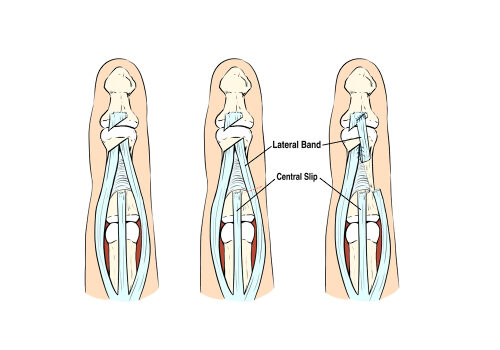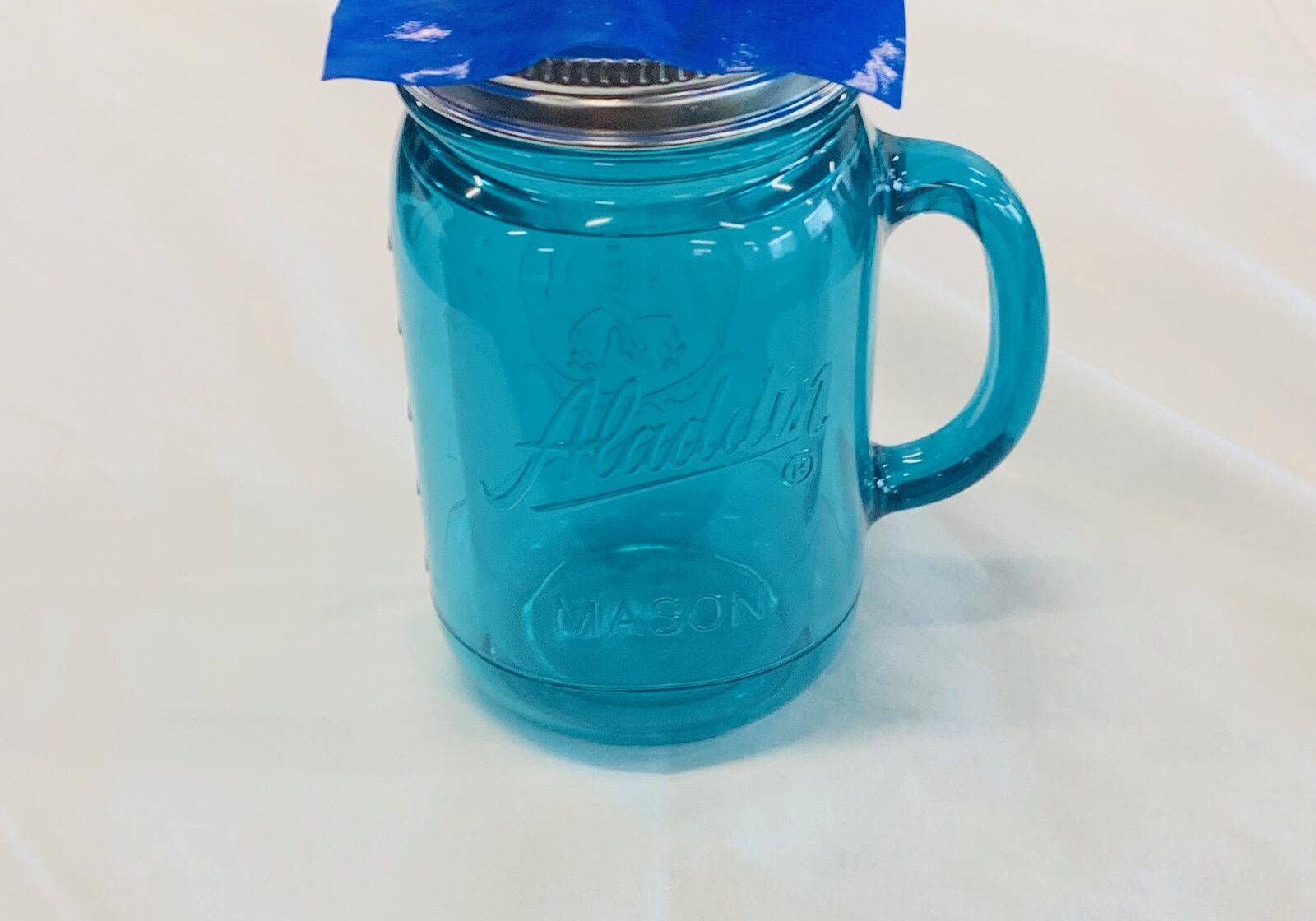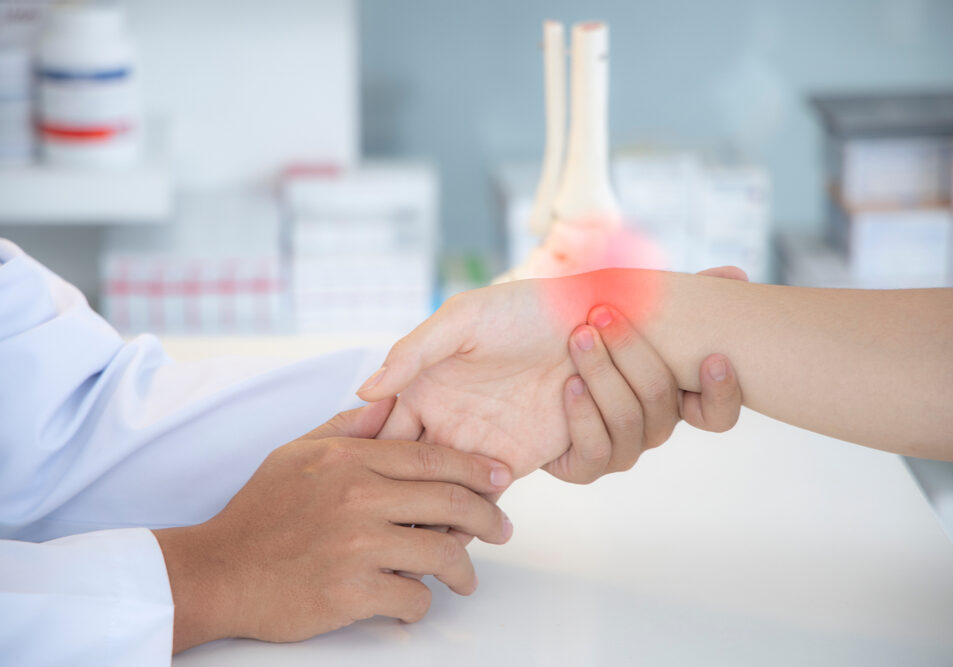Hand Therapy:Integra Dermal regeneration For Patients with Burns, Scars, or Wound Reconstruction
Filed under Treatments, Uncategorized
By: Taylor Volentine
Date: 6/6/2020
Is it possible for shark and cow cartilage to improve the healing process for patients with burns, scars, or reconstruction of wounds? It sure is! A solution to the problem is Integra Dermal Regeneration Template.
What is Integra Dermal Regeneration?
The skin is made of two layers consisting of the epidermis and the dermis. The epidermis is the outer layer and is typically thicker compared to the dermis (Access Data, n.d.). When a patient acquires an injury to the skin, the epidermis has the capability to heal itself. If the injury affects the dermis layer, scar formation occurs instead of connective tissue repair (Access Data, n.d.). Individuals who have severe burn injuries typically result in loss of both dermis and epidermis layer of the skin.
What is integra skin graft made of?
Integra functions as a temporary skin replacement that attaches to the open wound until the skin tissue grows enough to be replaced by skin grafts (Shale, 2019). It is a two-layer sheet with the inner layer created from tendon material from cows and a substance called glycosaminoglycan made from shark cartilage. The outer layer is silicon based with a clear and natural appearance to view the skin tissue reconstruction.
The deep layer of integra supports the blood vessels and attaches to the wound site as a barrier for prevention of infection (Shale, 2019). The superficial silicon layer’s main function is protection and will eventually be removed in place of the integra skin graft. The skin graft is typically taken from the patient’s thigh, buttocks, or forearm depending on the surface area of the wound or burn (integra wound care). Here is an example of the healing process with the use of integra for an avulsion injury to the left hand (Demiri et al., 2013).
Photo (A/B) shows the severity of the injury prior to integra and skin grafting process. Photo (C/D) demonstrates the progression of skin tissue regrowth with the use of integra. Photo (E/F/G) displays progression with skin graft in place of integra. (Demiri et al., 2013)
How Is Integra Applied?
Integra requires two operations and is a two-step procedure (Shale, 2019). The first procedure is where the integra is applied to the affected area. Integra remains onto the surface layer of skin for at least 14-28 days for accurate healing of the dermis layer of skin providing time for the integra to absorb into the patient’s body. The second procedure is done to remove the superficial silicon layer of the integra and replace it with a skin graft (Shale, 2019).
Benefits of Integra For Patients with Severe Burns, Scars, and Wound Reconstruction
Patients with burn injuries may experience difficulty with range of motion and functional mobility due to restrictions from scarring and contractures (Shale, 2019). To increase movement, the patient may have scar tissue surgically removed with integra in its place to promote appropriate healing for healthy skin graft on the affected area. Depending on severity of burns, some patients may not have enough healthy skin required for skin grafts. Integra may be utilized to prevent infection and continued fluid loss from an opened wound (Shale, 2019). Lastly, integra may be used for protection while the wound bed becomes graftable and reconstructs itself (Shale, 2019). Integra may not be beneficial for individuals who have hypersensitivity or allergic to collagen or silicone-based materials (Access Data, n.d.).
What Can Therapists Do to Promote Healing with Use of Integra?
It is the therapist’s responsibility to provide the patient with education about integra and the wound care process. Patients may be changing dressings and bandages on their own, it may be the therapist’s role to teach proper wound care and dressing changes (Access Data, n.d.). Therapists should complete frequent skin checks to see if any discoloration or infection within the integra occurs. Patients need to be educated on how to care for integra as Integra needs to be completely dry throughout the day. Lastly, the therapist may provide general health tips to promote a healthy healing process. Patient’s should avoid tobacco products as it hinders blood flow to the affected area as well as maintain a well-balanced diet to receive needed nutrients for wound healing (Access Data, n.d.). Therapists are allowed to continue therapy and light movement activities but will need to make sure the integra is still remaining in place and with no shearing or tears during movement exercises.
References
Access Data. (n.d.). Integra Dermal Regeneration Template. Information For Patients and Their Families. Retrieved from https://www.accessdata.fda.gov/cdrh_docs/pdf/P900033S008d.pdf
Demiri, E., Papaconstantinou, A., Dionyssiou, D., Dionyssopoulos, A., Kaidoglou, K., and Efstratiou, L. (2013). Reconstruction of skin avulsion injuries of the upper extremity with integra dermal regeneration template and skin grafts in a single-stage procedure. Archives of Orthopaedic and Trauma Surgery, 133(11). doi: 10.1007/s00402-013-1834-2
Shale, E. (2019). Integra Dermal regeneration Template. Retrieved from https://www.uhb.nhs.uk/Downloads/pdf/PiIntegraDermalRegenerationTemplate.pdf
2 Comments
Leave a Comment
More To Read
Differential Diagnosis: Trigger Finger vs. Subluxing Sagittal Band Injury vs. Subluxing Lateral Band
Differential Diagnosis: Trigger Finger vs. Subluxing Sagittal Band Injury vs. Subluxing Lateral Band Hand therapists frequently encounter patients presenting with finger pain, clicking, and difficulty with tendon glide. Among the most commonly confused conditions are trigger finger, subluxing sagittal band injury, and subluxing lateral band. Each of these pathologies involves different anatomical structures and biomechanical…
Read More6 of our Favorite Adaptive Equipment Tools for CMC Osteoarthritis
Individuals struggling with osteoarthritis of the 1st CMC joint usually have difficulty with daily activities and it can become very frustrating. Everyday tasks such as cutting food, opening containers, and donning a button up shirt can become painful and slow. The largest contributor to the overall function of our hand is the thumb. If the…
Read MoreTitle: Understanding De Quervain’s Pathology: A Comprehensive Exploration of Special Tests
Understanding De Quervain’s Pathology: A Comprehensive Exploration of Special Tests By: Miranda Materi De Quervain’s and Special Tests De Quervain’s tenosynovitis is a condition characterized by inflammation of the tendons on the thumb side of the wrist, causing pain and discomfort. These tendons include Abductor Pollicis Longus (APL) and Extensor Pollicis Brevis as they pass through…
Read MoreSign-up to Get Updates Straight to Your Inbox!
Sign up with us and we will send you regular blog posts on everything hand therapy, notices every time we upload new videos and tutorials, along with handout, protocols, and other useful information.






Info is great and just in time..
can this be used on radiation fibrosis on outer skin as you would use silicone/cica